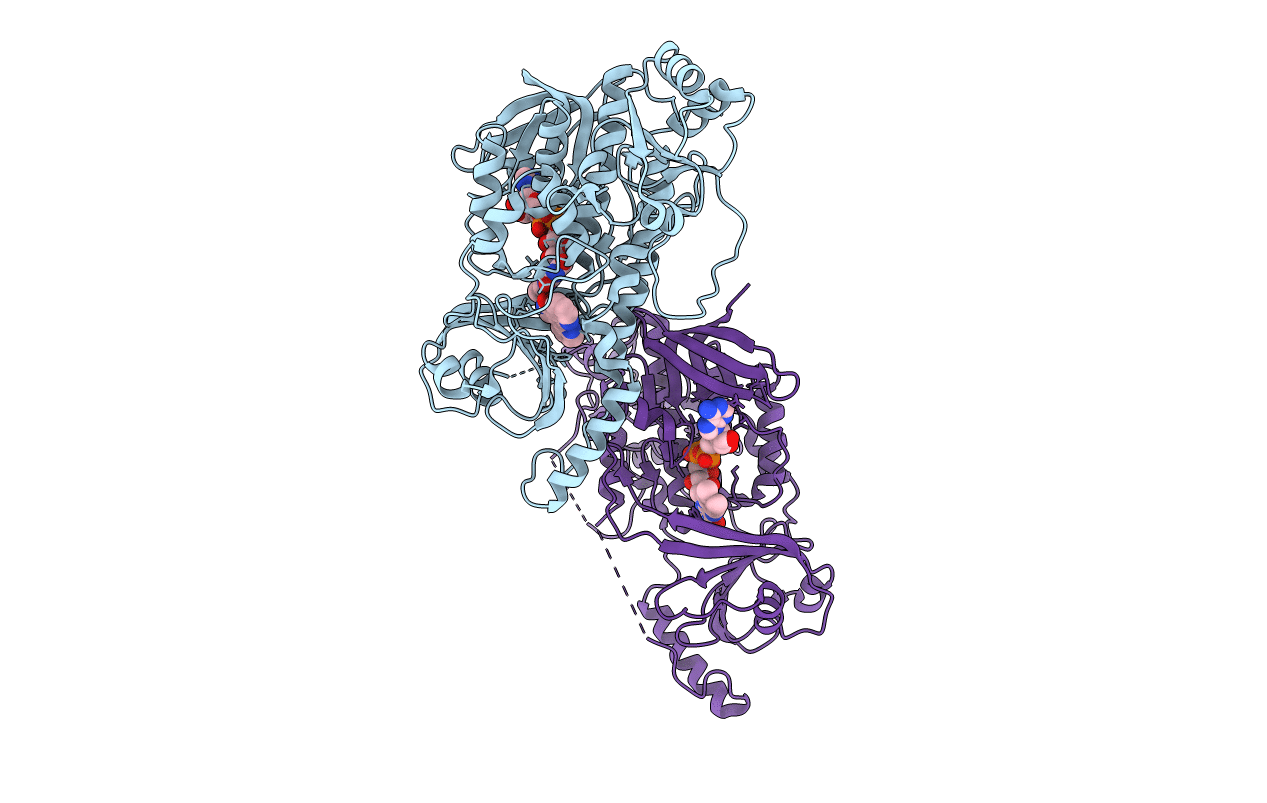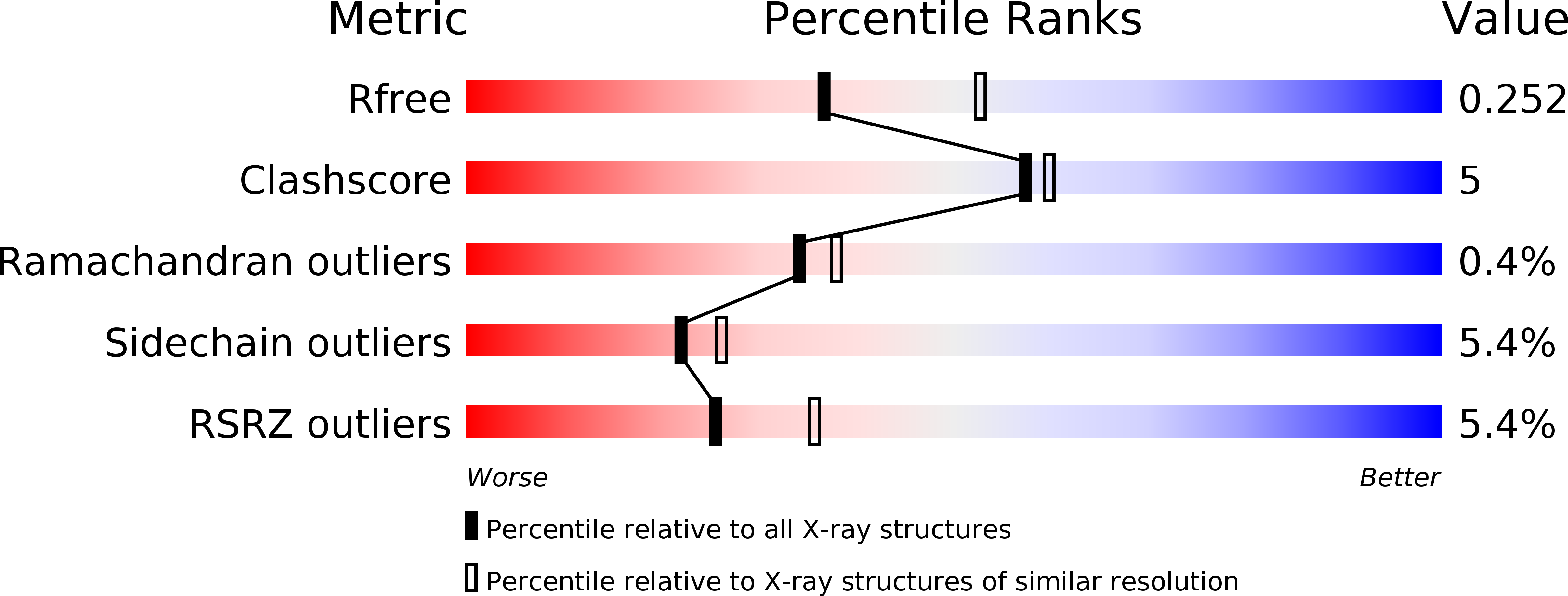
Deposition Date
2012-04-05
Release Date
2012-08-08
Last Version Date
2024-02-28
Entry Detail
PDB ID:
4EIP
Keywords:
Title:
Native and K252c bound RebC-10x
Biological Source:
Source Organism:
Lechevalieria aerocolonigenes (Taxon ID: 68170)
Host Organism:
Method Details:
Experimental Method:
Resolution:
2.33 Å
R-Value Free:
0.26
R-Value Work:
0.21
R-Value Observed:
0.21
Space Group:
P 1 21 1


